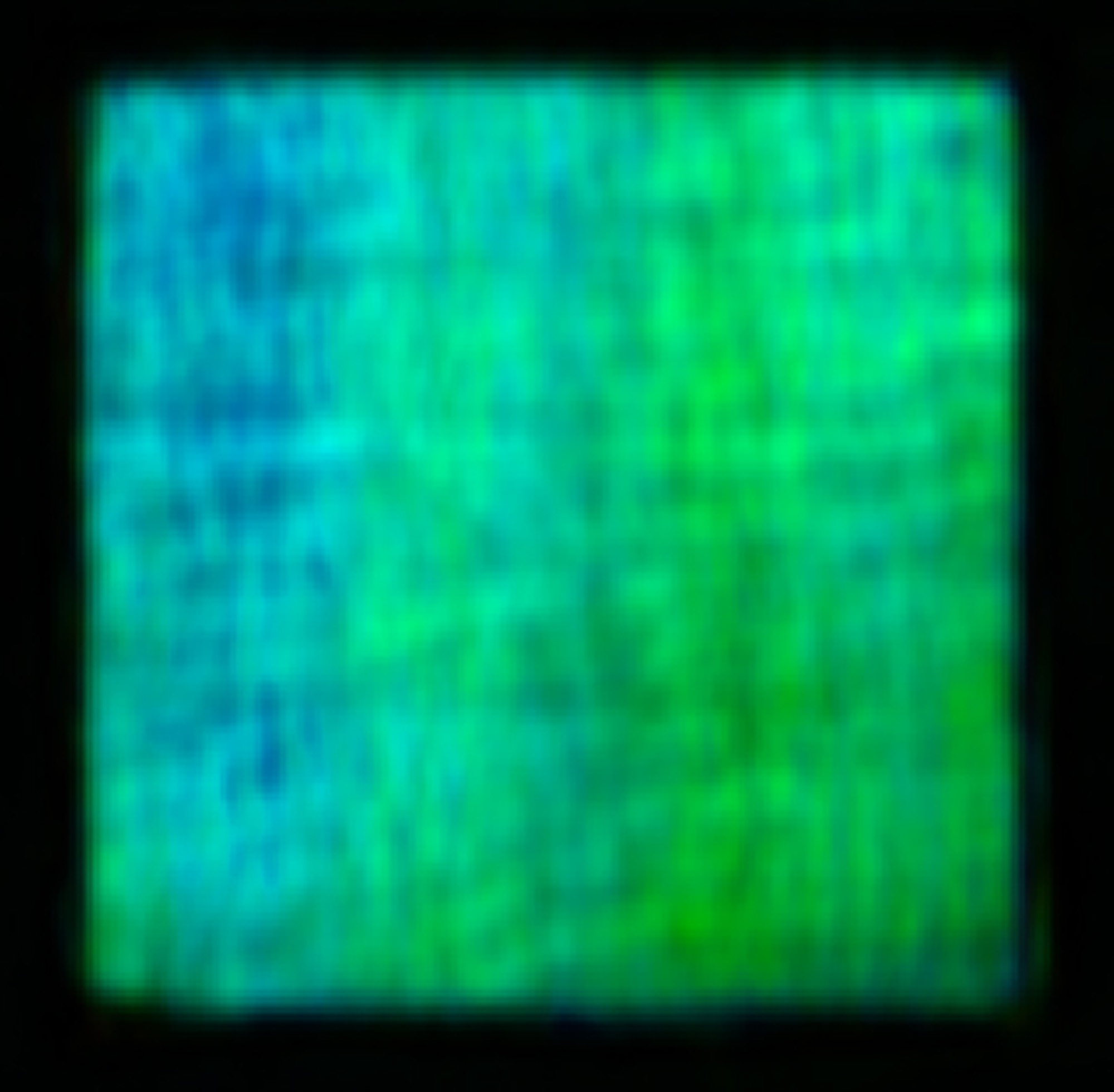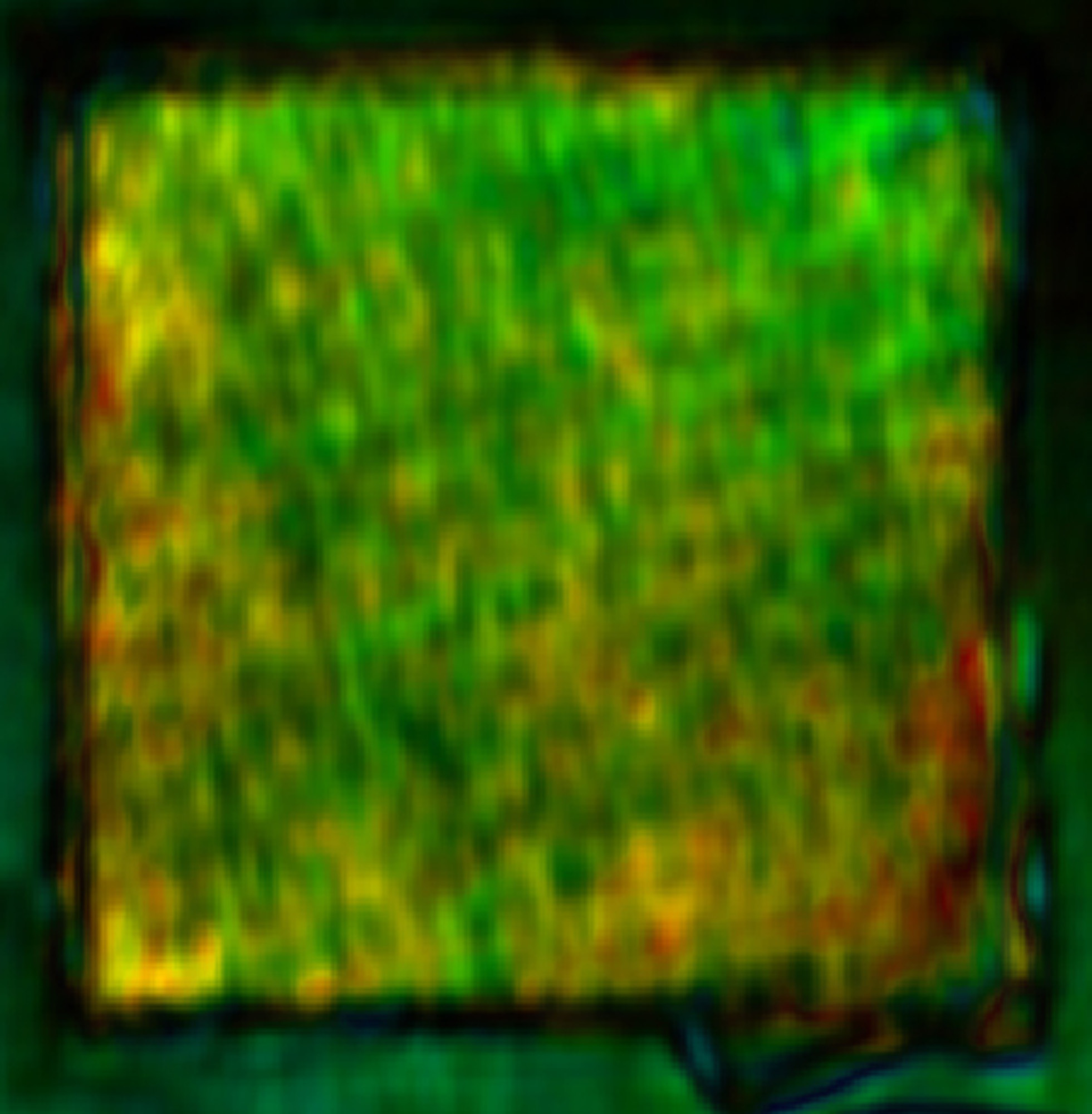A new method for fully polarimetric radar allows fiber composite materials, for example for wind turbines, to be examined – automatically, non-destructively and throughout the entire volume.


Wind turbine rotor blades are largely made of glass fiber-reinforced plastics. During production, various glass fiber mats are placed on top of each other, placed under vacuum and bonded with a matrix element – usually a resin. No mistakes must be made when laying out the glass fibers, otherwise the quality of the later component could suffer. Are the individual glass fibers correctly aligned? Are there unwanted ondulations, i. e. waves in the glass fibers? Up to now, this has been checked manually, but only the top layer can be detected. Questions about the alignment of the glass fibers can therefore so far only be answered to a limited extent, if at all.
In the publicly funded project Fiberradar (NRW-Leitmarkt), researchers at Fraunhofer FHR, together with Aeroconcept GmbH, Ruhr University Bochum and Aachen University of Applied Sciences, are now developing a method that for the first time can also be used to check the alignment of the lower layers – non-destructively and automatically. A fully polarimetric radar makes it possible. The special feature: While conventional radars have only one channel and thus use only one polarization for transmission as well as for reception, the new radar sends out signals in two polarizations, and the receivers also work with two polarizations. Taken together, therefore, four possible combinations can be used to collect information. When these four images are combined, they can be used to determine the direction of the fiber layers and to detect alignment errors. In contrast to conventional radar images, the research team does not obtain a black-and-white image here, but a colored one in which the individual colors represent different reflective behaviors. Refraction compensation improves the image quality even further: it eliminates inaccuracies caused by refraction effects, especially in deeper layers. By imaging the individual layers with the radar, the researchers can check the entire volume of the material non-destructively.
The radar, developed by Ruhr University Bochum, is currently being put through its paces on Fraunhofer FHR’s test platform: The team is examining samples from Aeroconcept, in which the orientation of the glass fiber layers changes with depth. The goal of the project is to attach the system to the arm of a robot that moves automatically through the production hall and scans the produced components.